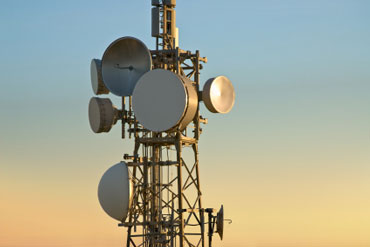March 26, 2015
In 2015, one would expect that the 'dropped call' and 'poor coverage' conversations would be discussions spoken only in past tense, after all cell phone subscriptions are expected to exceed population in 2015. The reality, and frustration, of the popular "Can you hear me now?" phrase, is that even in today's current technology infrastructure, coverage gaps exist.
Signal boosters are separated into distinct categories based on their intended uses and potential for interference, consumer signal boosters and industrial signal boosters (which include Part 90).
One would think that just the old buildings scattered throughout municipalities and university campuses everywhere would be the biggest problem. Steel and concrete can block RF signals. However, even new modern buildings can block radio frequencies from propagating. LEED (Leadership in Environmental Engineering and Design) is a certification based on the design, construction and operation of green building. Materials such as Low e-glass (low emissivity) is energy efficient for windows however highly reflective for radio waves, consequently cell signals do not penetrate well. The electromagnetic coating material blocks the RF signals.
Emergency calls are increasingly originating from cell phones. For public safety reasons, it's imperative that cell coverage be adequate both inside and outside of buildings. A signal booster site survey is the first step to improving the coverage gap.
For more information about Signal Boosters contact us at 978-952-6000 or email us at sales@directnetserv.com.
